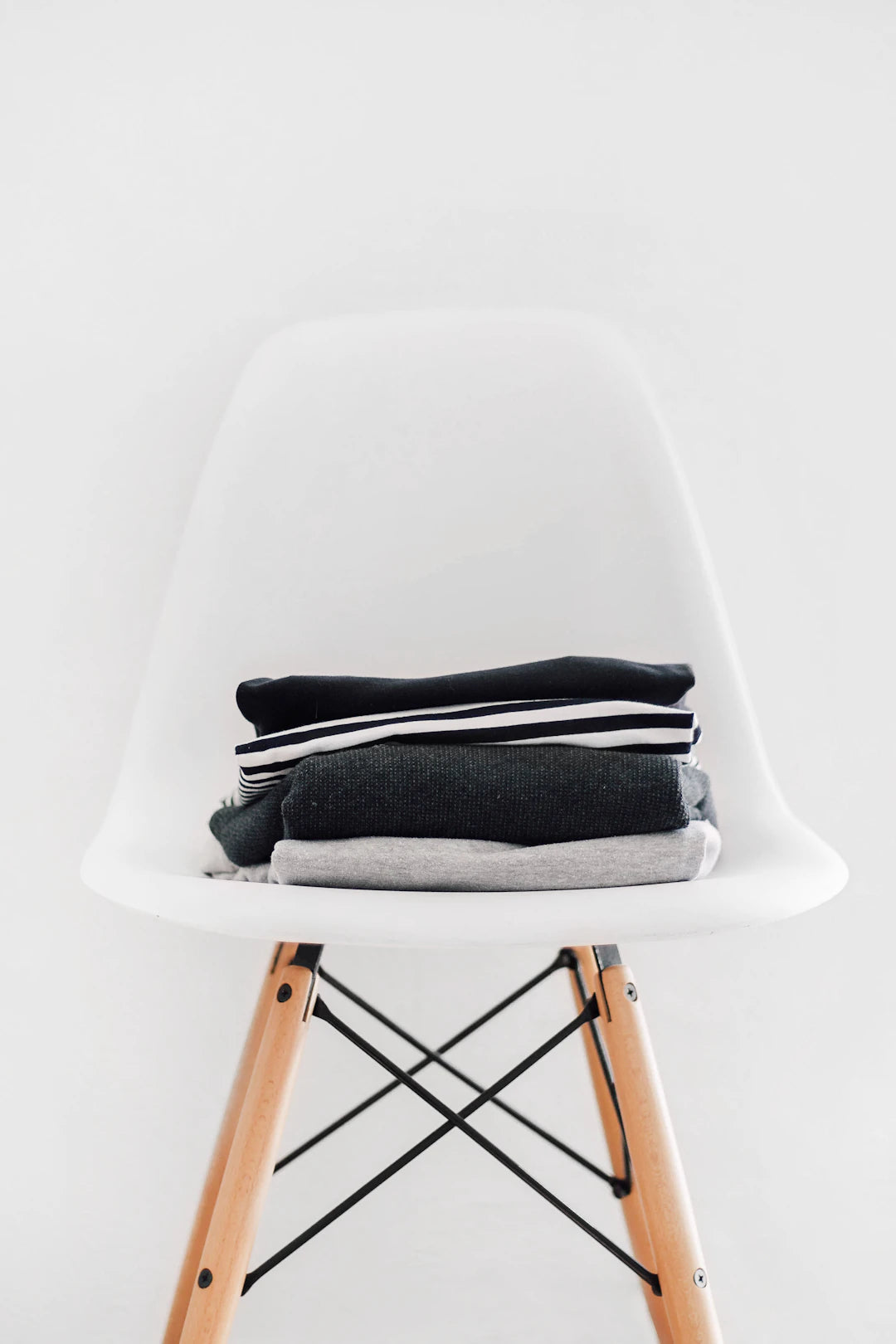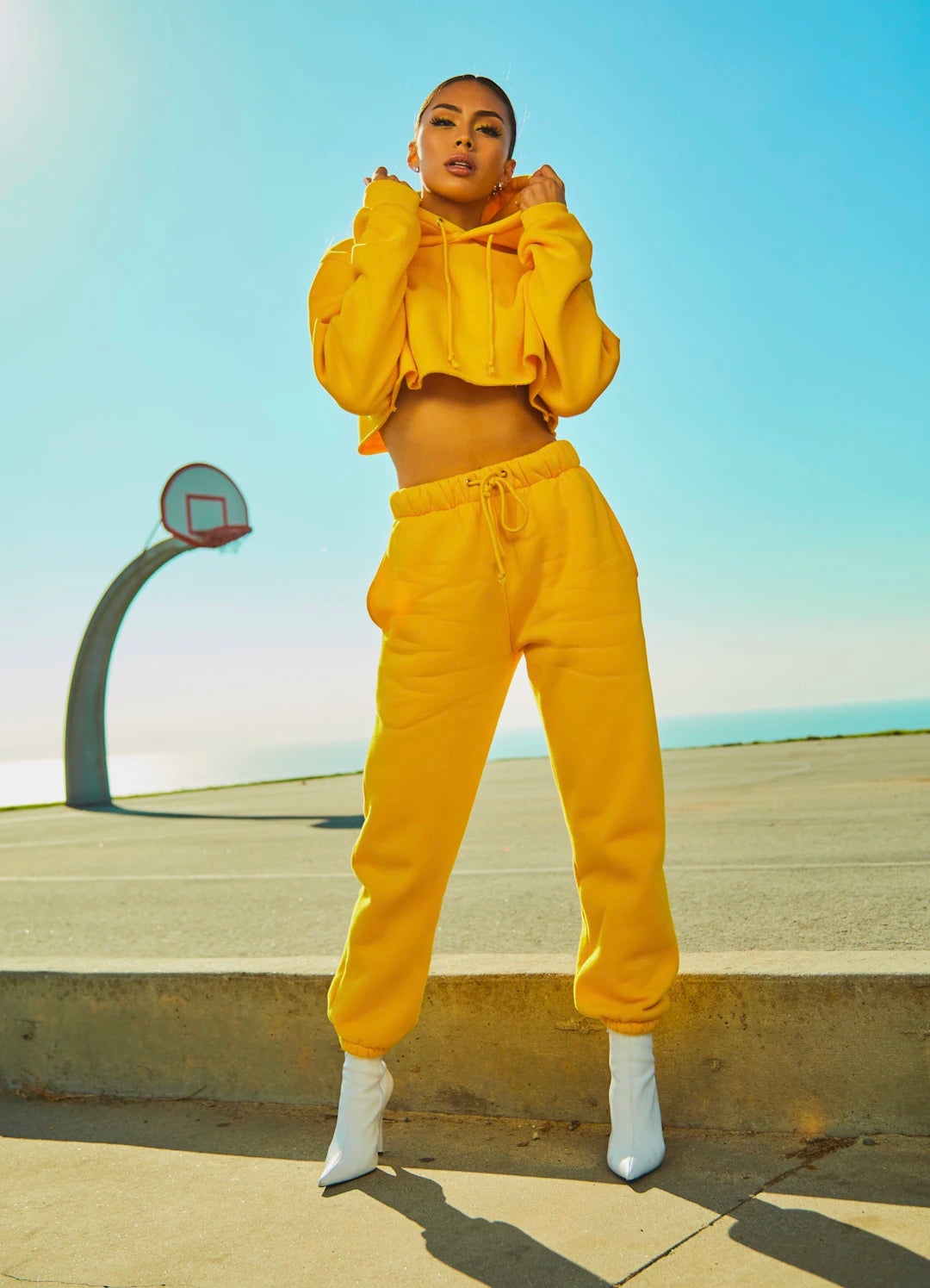Welcome to the vibrant world of digital fashion illustration! In today’s blog post, we will dive deep into how you can create striking and unique textures in Procreate that will elevate your fashion sketches. For both seasoned artists and budding fashion designers, mastering texture can bring your illustrations to life, adding depth and a touch of elegance that captivates viewers. Whether you are sketching intricate dresses or cozy Christmas sweater textures, this guide will provide you with the essential tools, techniques, and inspiration you need to enhance your artistry.
The Importance of Textures in Fashion Sketches
Textures play a crucial role in conveying the fabric, fit, and movement in fashion illustrations. They can evoke emotions and communicate the feel of a garment before the viewer even sees the actual material. Think about how a shiny silk dress feels compared to a cozy knit sweater; these sensations can be suggested through effective use of texture in your sketches. By incorporating unique textures, you bring your designs to life and create visually appealing fashion illustrations that stand out.
Getting Started with Procreate
Procreate is a powerful and versatile tool for digital artists, particularly with its variety of brushes and customizable features. Let’s explore some essential steps and tips on creating unique textures specifically for fashion sketches.
Setting Up Your Canvas
Before you get started, it’s essential to set up your canvas correctly. Follow these simple steps:
- Open Procreate and create a new canvas. A typical size for fashion sketches could be 3000px by 4000px at 300 DPI for high-resolution results.
- Choose a color palette that resonates with your vision for the garment. Consider using complementary colors to enhance your textures.
Selecting Your Brushes
Brush choice is crucial when creating textures in Procreate. Luckily, the app offers a variety of brushes, including options specifically designed for fashion illustration. Whether you prefer mimicking traditional mediums or exploring vibrant digital effects, here are some recommendations:
- Pencil and Ink Brushes: Great for adding fine details to your sketches.
- Textured Brushes: Handcrafted textures can elevate fabric rendering. Look for brushes that emulate materials like canvas or wool.
- Fashion illustration brushes: Use these specialized brushes designed for fashion sketches that can highlight folds, drapes, and other intricacies.
Creating Unique Textures: Step-by-Step
Now that you’ve set up your canvas and selected your brushes, let’s dive into the steps for creating unique textures:
Layering Techniques
One of the most effective ways to create depth in your textures is through layering. Here’s how:
- Create separate layers for different aspects of the garment, such as the base, shadows, and highlights.
- Use textured brushes on each layer to simulate various fabrics. For instance, a soft, fuzzy brush can help you create Christmas sweater textures, while a smooth brush may be suitable for silk.
- Adjust the opacity of each layer to blend them effectively, ensuring a cohesive appearance.
Using Alpha Lock
Alpha Lock is a fantastic feature in Procreate that allows you to paint only within the confines of your selected layer. This is particularly useful when adding textures without worrying about spilling over edges. Here’s how to do it:
- Tap on your layer and select “Alpha Lock.” You’ll see a checkered background appear.
- Select your textured brush and paint over areas to add realistic touches. This technique works wonders for intricate designs like lace or knits.
Experimenting with Color Textures
Texturing isn’t just about the surface—color also plays a vital role. To add a unique feel to your designs:
- Gradient Fill: Use the gradient tool for backgrounds or to create depth in fabric. A gradual transition can simulate realistic lighting and shadow play.
- Overlay Textures: Create or find texture images (like fabric scans) and overlay them on your sketches. Adjust the blending modes to create stunning effects.
Real-Life Applications: Examples of Fashion Sketches
Let’s take a moment to appreciate some of the ways you can apply these techniques in real-life scenarios. Whether you’re an aspiring fashion designer or a professional artist, consider the following examples:
Chic Winter Collection
Imagine designing a chic winter collection. Use textured brushes to illustrate luxurious wool blends in your sweaters and scarves. Utilize layering to enhance the depth and shadows that suggest the coziness of your Christmas sweater textures. This not only shows off the fashion design but also helps potential customers visualize wearing them.
High-Impact Runway Looks
For high-fashion illustrations, experiment with dramatic fabrics like tulle or sequins. Create textures that reflect the light or movement, allowing your designs to ‘sway’ as if they were on a runway. The right combination of brush techniques can make a model's gown look as if it's flowing effortlessly, captivating your audience.
Boosting Your Sketch Quality and Productivity
Creating unique textures is not only about technique but also about efficiency and improving your overall sketch quality. Here are some additional tips to keep you motivated and productive:
- Practice Regularly: Repetition will help you master new techniques. Dedicate time weekly to practice different textures using various brushes.
- Utilize Reference Material: Keep a mood board of textures, colors, and inspirations that can guide you as you create your sketches.
- Join a Community: Engage with other digital artists or fashion drawing enthusiasts online. Sharing your progress and asking for feedback can provide fresh perspectives and motivation.
Innovative Tools and Resources
Finally, let’s talk about some fantastic opportunities for expanding your digital toolkit:
- Custom Brush Packs: Consider downloading or purchasing packs of fashion illustration brushes to add unique options to your toolkit.
- Texture Libraries: Explore websites that offer free or paid texture overlays, which can be invaluable in elevating your design projects.
- Online Tutorials: Platforms like YouTube or Skillshare are treasure troves for Procreate tutorials, where you can learn advanced texturing techniques from professionals.
Unlocking Your Creative Potential
With these techniques and tools at your disposal, you’re well on your way to producing unique and eye-catching textures for your fashion sketches in Procreate. Don’t be afraid to experiment and let your creativity flow! The combination of digital mastery and artistic flair can result in breathtaking fashion illustrations that not only express your personal style but also resonate with your audience.
Now that you’re armed with these tips and insights, it’s time to put them into action. Grab your iPad, launch Procreate, and start bringing your fashion designs to life! Remember, creativity is a journey—embrace it and enjoy every brush stroke along the way.





Leave a comment
This site is protected by hCaptcha and the hCaptcha Privacy Policy and Terms of Service apply.